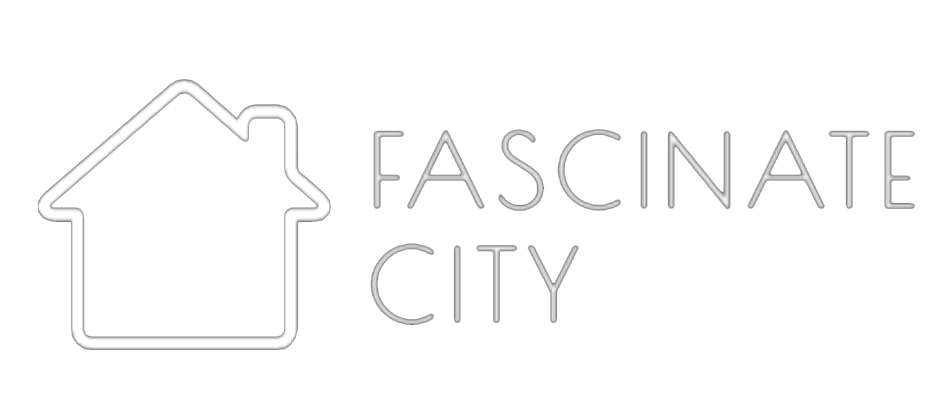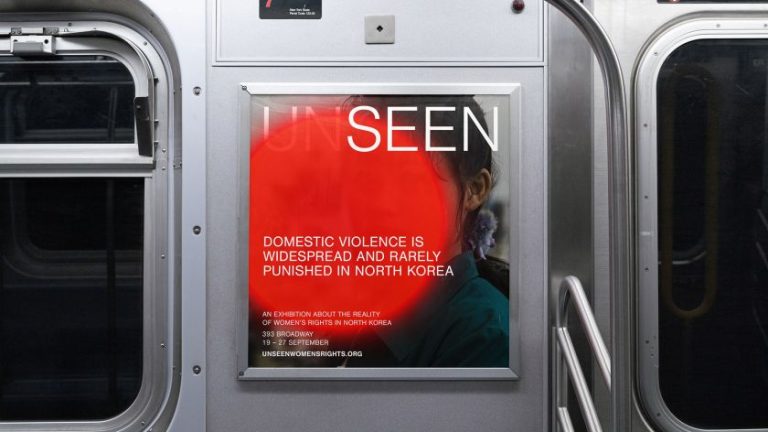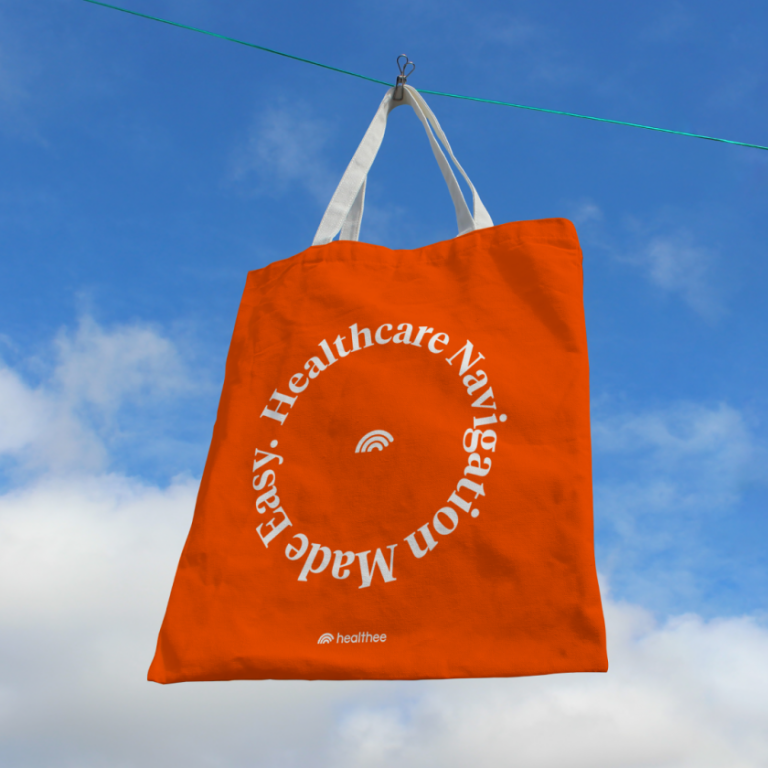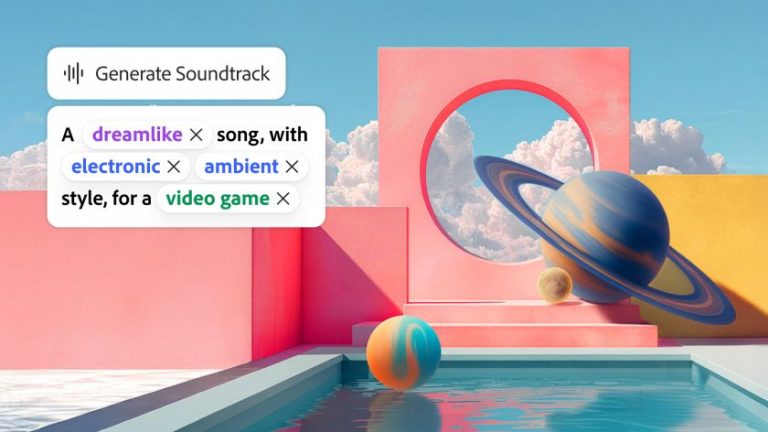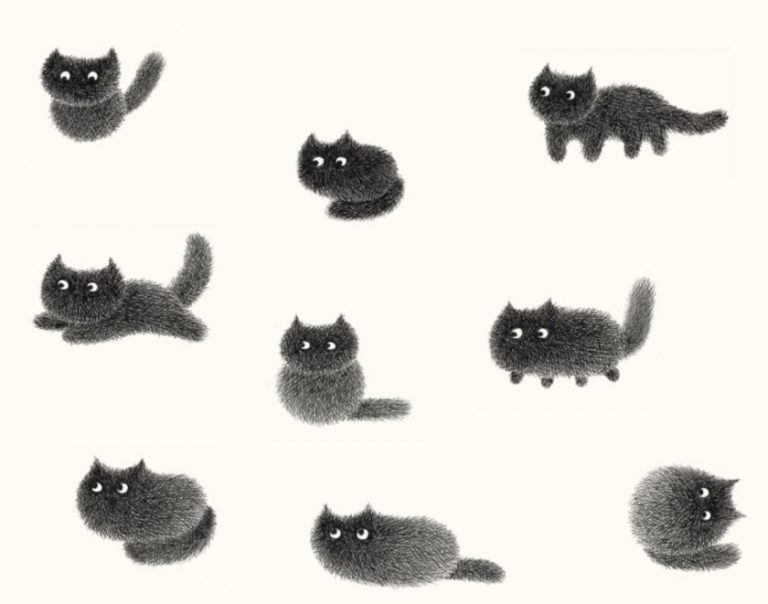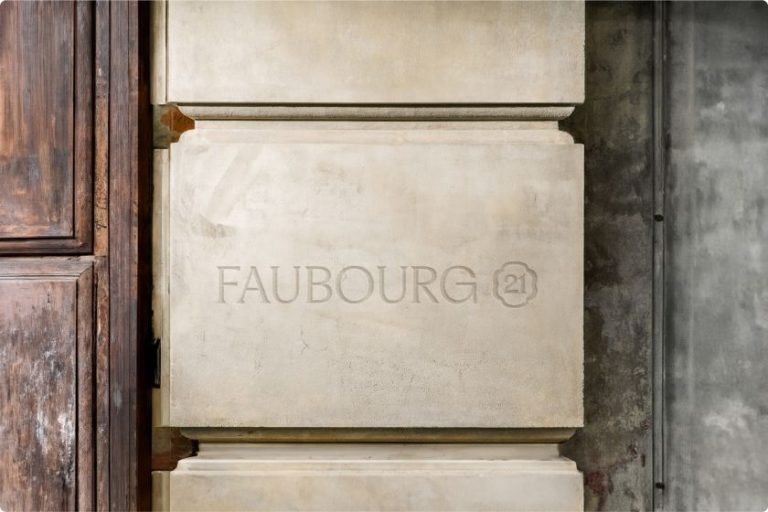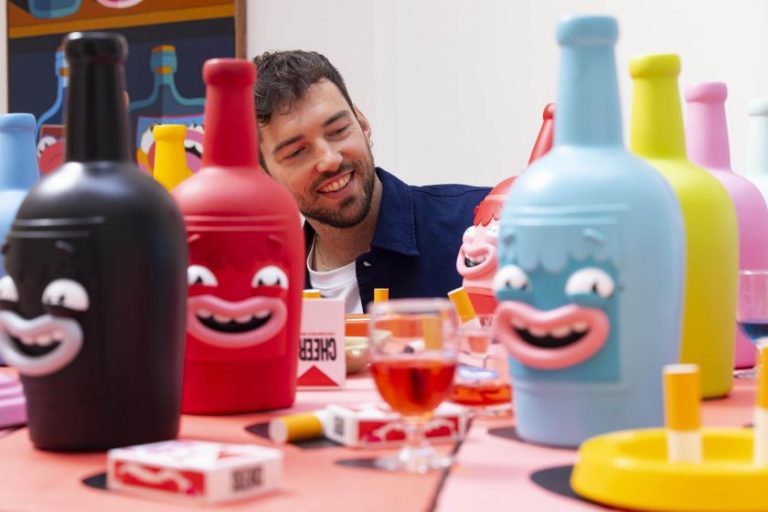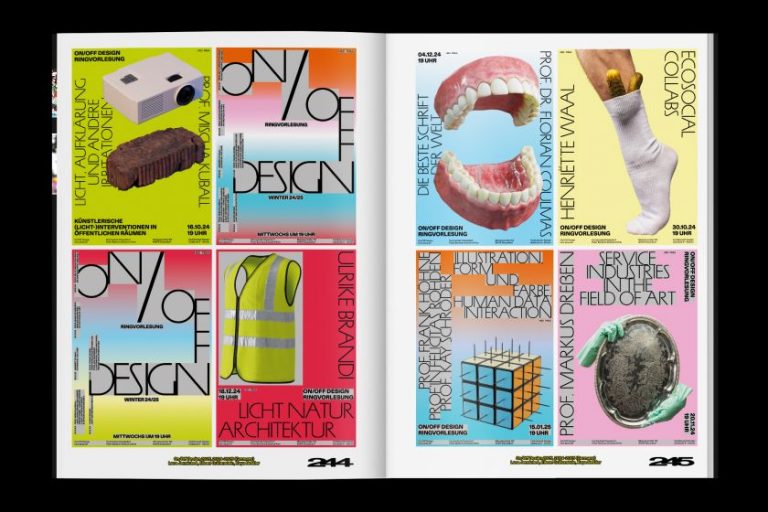Image licensed via Adobe Stock
Even seasoned, successful illustrators with agent representation are struggling to get work at the moment. So what’s going on, and how widespread is the problem, exactly?
Struggling to get commissioned as an illustrator in 2025? Well, unfortunately, you’re by no means alone. Across the illustrator community, we’re seeing a consistent pattern. Established professionals with years of successful freelancing behind them are suddenly finding their inboxes empty, their follow-ups ignored, and their income streams drying up to a trickle.
Neil Stevens, who’s spent over 12 years building his illustration career, puts it bluntly. “I’ve officially dusted off the CV and am looking for full-time, paid work again. I’ve never known anything so quiet as this year. There was a time I would be earning £80-90k plus. This year I’ll barely make £10k. It’s fallen off a cliff.”
Illustrator and animator Daniel Fishel has also felt things change abruptly. “In 2020, I invoiced 77 assignments,” he reveals. “So far this year, I’ve invoiced 22. I’m optimistic that I’ll get it to 30 by the end of the year.”
For Alex Tomlinson, who graduated in 1989 and has been a full-time illustrator for almost 30 years, the shift feels seismic. “It’s been ebbing away these last three to four years, with budgets and deadlines drastically shrinking,” he says. “Where you used to have a fortnight for a job, they now want it in two days. They’ll say: ‘Don’t spend any longer on it; we haven’t got the budget.'”
The ghosting phenomenon
A “ghosting” culture, too, seems to be taking hold. Cartoonist and illustrator Lana Grushnik has had no gigs in 2025 at all. “I keep hearing ‘you’re so good, your work is amazing’, and then silence,” she explains. “Follow-up leads to ghosting. Where are the clients who still hire illustrators? They are now completely out of reach! Now it’s like a private member club.”
Neil agrees. “The ghosting is real,” he confirms. “There’s no personal touch any more. Just tumbleweeds.”
Freelancer Jessie Bayliss has earned the same as previous years, but only just. “I think the hardest part is the lack of usual enquiries coming through,” she notes. “I’ve barely had any new client enquiries; it’s all been through repeat work, which worries me a lot for new illustrators graduating. The silence feels deafening and depressing, and also, so many existing clients are lowering budgets.”
The AI question
Many illustrators point to AI as a contributing factor. As illustrator and brand designer Shruti Singh observes: “Most of the established illustrators have a very specific style and when AI can pull that off, it dilutes their work in the market.” Lana frames it more starkly: “AI is cheap and the general public swallows it like it’s junk food. So illustration becomes a fine cuisine that’s not really in demand.”
Others point to oversaturation within the profession. As illustrator and printmaker Spencer Wilson notes: “There’s work, but the competition is stiff, and the sheer volume of ‘available for hire’ illustrators is huge. I dread to think how many graduates there are each year. If I’m brutally honest, it feels like a bubble or Ponzi scheme. This may be why you’re seeing more established people offering insights and courses for a fee; to diversify their income streams.”
Plus, of course, the broader economic climate is clearly playing a role. In Daniel’s words, “budgets are cut, companies are laying off staff, and saving money while we’re in a soft recession with an economy being held up by AI investments.”
For those who’ve built a client base via social media, platform changes pose a further challenge. Illustrator and designer Bulma Vilmante Juozaityte, who started freelancing in 2019, explains: “My Instagram DMs used to be full of inquiries, but this year has been completely quiet. Everything is moving towards reels, and algorithms prioritise video content. So it’s much harder to rank well and be visible to new audiences with still images.”
Illustrator and designer Holden Mesk, who started in 2017, shares a similar experience. “I used to have a steady flow of clients all the time,” he says. “My DMs on Instagram would always have someone inquiring about album covers, merch designs, beer labels, etc. But this past year, it’s been a ghost town.”
Survival strategies
Faced with these unprecedented challenges, illustrators are changing tactics. Illustrator Rachael Presky has been “talking to old clients, bugging people where I can and picking up some design work too”. She’s also begun moving towards fine art, finding it “human-focused and enjoyable”.
Tim Easley, whose work spans design, art direction and illustration, took a full-time design position “because there was so little coming in”. And illustrator Tom Parsons made a similar pivot. “I lost the motivation for being ghosted by potential clients and scrambling for money,” he reports. “Got my educator’s licence last December and have been teaching art in 2025.”
Similarly, mixed media artist and illustrator Nadia Flower has taken up part-time work after 15-plus years of freelancing full time, despite having agent representation. “I’ve had just one live gig, flown from New Zealand to Germany, and one other commission all year,” she says, and blames the “global economy, AI, and algorithms that don’t work for small creatives.”
Illustrator and graphic designer Kohenoor Kamal, meanwhile, has been diversifying income streams and starting a new business. “I’ve been fortunate to get a little bit of funding,” she reports, “which has helped supplement my income from my main job of illustrating. I definitely see it as the way forward with the way the world’s going.”
Temporary blip or permanent shift?
For Marcus Marritt, approaching his 11th year as a professional illustrator, the conclusion is sobering. “The notion that illustration as a discipline will fight back is a beautiful dream, but that’s all it is, a dream,” he believes. “2025 is the year the industry changed, and it will never go back.” Veteran illustrator Peter Grundy concurs. “There have always been downturn periods in the creative profession,” he recalls, “but these have usually been linked to economic recession. I fear this one may mark a sea change in creative attitudes globally.”
Amidst the gloom, though, there are exceptions. Illustrator and creative studio owner Juliana Castro asks: “Is it bad that I am actually fully booked? The beginning of the year was quiet, but the second half has been insane.”
And Rachael’s optimism perhaps speaks for many in the community. “I think it’s a combination of AI and the economy,” she says. “So hopefully the economy will pick up soon and people will realise how yucky AI is.”
Ultimately, whether 2025 represents a temporary downturn or a fundamental restructuring of the illustration industry remains to be seen. What’s clear is that illustrators are facing their toughest challenge in decades, and they’re having to reinvent their careers to survive it. So if that’s happening to you, well, at least you’re not alone.
